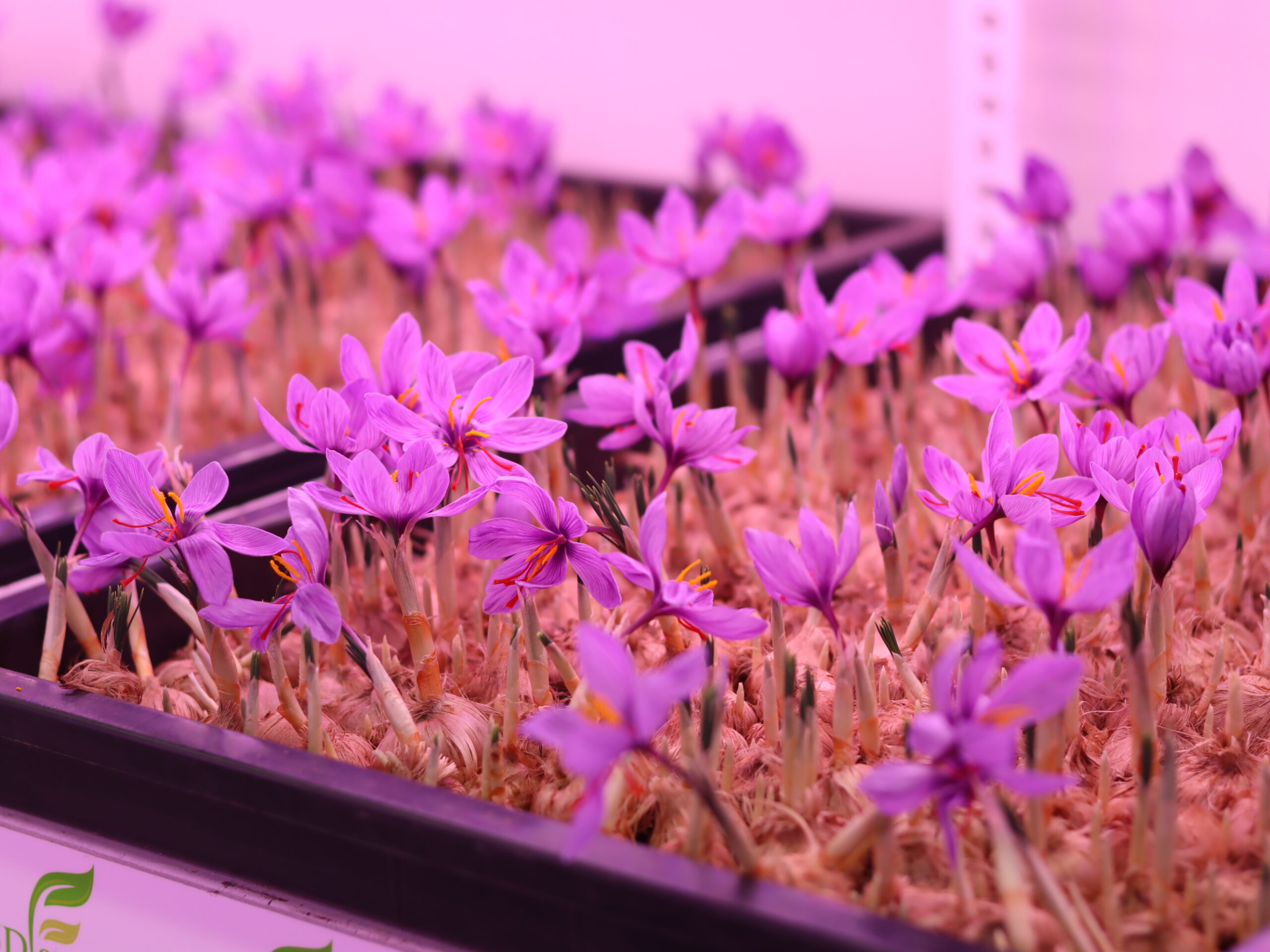
Saffron Farming Techniques: Traditional vs. Modern Approaches
Saffron, the world’s most expensive spice derived from the Crocus sativus flower, has a rich history steeped in tradition. Over centuries, saffron farming has evolved from age-old traditional methods to incorporating cutting-edge modern techniques. The choice between these approaches significantly impacts the cultivation, harvest, and quality of this precious spice.
I. Introduction
Saffron, known for its vibrant color, distinctive flavor, and numerous health benefits, has attracted attention not only for its culinary uses but also for its agricultural significance. Effective farming techniques are pivotal in maximizing saffron’s potential.
II. Traditional Saffron Farming Methods

A. Historical background of traditional techniques
Centuries-old farming practices form the foundation of saffron cultivation. Techniques passed down through generations embody the cultural heritage of regions where saffron is grown.
B. Hand cultivation and harvesting processes
Traditional methods often involve intricate hand labor, from planting the corms to meticulously handpicking the delicate saffron threads during harvest season.
C. Cultural significance in traditional farming
Traditional saffron farming isn’t merely a means of production; it’s a cultural tradition deeply intertwined with rituals, festivals, and local customs, preserving ancient wisdom.
III. Advantages and Limitations of Traditional Approaches

A. Benefits of traditional methods
The traditional approach fosters a deeper connection to the land, preserving biodiversity, and maintaining the authenticity and unique flavor profile of saffron.
B. Challenges and limitations faced
However, reliance on manual labor often leads to increased production costs and limits the scale of cultivation, presenting challenges in meeting growing market demands.
IV. Modern Saffron Farming Techniques

A. Technological advancements in saffron farming
Modernization introduces innovative tools and machinery, streamlining various stages of cultivation, from planting to harvesting.
B. Mechanized cultivation and harvesting
Automation has revolutionized saffron farming, reducing labor-intensive tasks and enhancing efficiency in the production process.
C. Introduction of hydroponics and controlled environments
Cutting-edge methods like hydroponics and controlled environments provide optimal growing conditions, allowing year-round production and increasing yield potential.
V. Comparative Analysis: Traditional vs. Modern Approaches

A. Efficiency and yield comparisons
Modern techniques often yield higher quantities of saffron compared to traditional methods, optimizing production output.
B. Cost-effectiveness and labor requirements
While modern approaches reduce labor costs, the initial investment in technology might outweigh the benefits for smaller-scale farmers.
C. Quality and sustainability considerations
The debate continues on whether modern methods compromise the traditional saffron’s quality and environmental sustainability.
VI. Integration of Traditional Wisdom with Modern Practices

A. Blending traditional knowledge with technological innovations
A harmonious blend of traditional wisdom and modern technology can potentially enhance saffron quality and quantity.
B. Enhancing yield and quality through hybrid approaches
Adopting a hybrid approach can balance the efficiency of modern techniques with the authenticity and uniqueness of traditionally farmed saffron.
VII. Future Trends and Innovations in Saffron Farming

A. Emerging trends in saffron cultivation
Continuous research aims to refine farming techniques, foreseeing advancements that optimize yield, quality, and sustainability.
B. Potential advancements on the horizon
Anticipated innovations, like precision agriculture and genetic enhancements, may revolutionize saffron farming in the near future.
Conclusion
In the diverse landscape of saffron farming, the choice between traditional and modern techniques isn’t binary but an opportunity for synergistic collaboration. While modernity offers efficiency, traditional wisdom preserves authenticity. Encouraging experimentation and innovation ensures the continual evolution of saffron cultivation for a sustainable and thriving industry.


